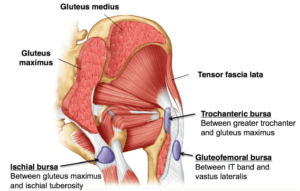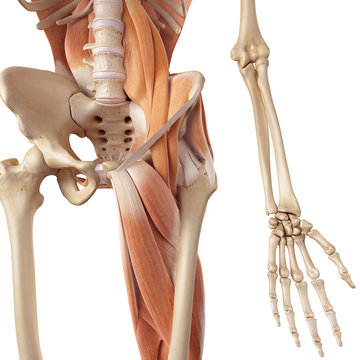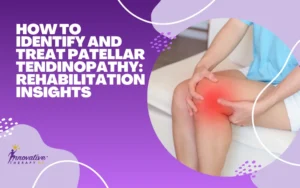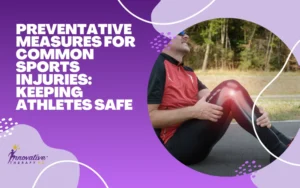Pain from the muscles around the hip joint is frequently called “hip” pain.
The muscles around the hip joint are numerous, vary in size and are required to work both quickly and have amazing endurance. So can some of these muscles get out of sorts, YES! Can these muscles working in uneven movement patterns cause crippling pain, YES!
The way the muscles and the nerves work together is an incredible feat of engineering, particularly in the hip and pelvis. I realize you want to find a solution for your hip pain without going to physical therapy school so let me see if I can share this information without getting to technical.

As I recall from PT school there are 42 muscles in the hip joint region on one side of your body. The gluteus maximus pretty much everyone has heard about. But few are familiar with the gluteus medius and gluteus minimus. However they are important just less visible. A number of the muscles in this illustration are not labeled but are essential for healthy hip function.
The piriformis muscle is the most common cause of sciatica pain which radiates down the back of the leg. When the piriformis muscle spasms or gets inflamed for similar reasons to the issues discussed in the trochanteric bursa article it puts pressure on the sciatic nerve causing the nerve to begin to scream that there is a problem.
The pirifomis muscle crosses the SI joint and attaches to the thigh bone (femur). If this muscle is in spasm is can, over time, stress the SI joint causing pain in the joint along with the SI joint pain. It can also pull the thigh bone into a position of rotation which not only causes increased stress on the bursa it can begin to cause stress in the knee joint even down the outside of the thigh due to stress in the iliotibial band. Okay to much technical stuff, my point is one stretching activity or strengthening activity here or there may reduce your pain but will it resolve the pain in the long run?
People and bodies are incredibly resilient, meaning able to adapt to the conditions given and still survive. So we get the injection which resolves the pain but does not correct the previously mentioned issues in the region. The body is working out of balance and the ride is rougher by the day but I am okay because I do not have pain. If the pain returns I will go and get another injection or maybe surgery. If the muscles of the pelvis are balanced with appropriate and gentle training which allows the body to lead the process how would your results differ from what you have been experiencing with repeated returning of the pain.






One Response